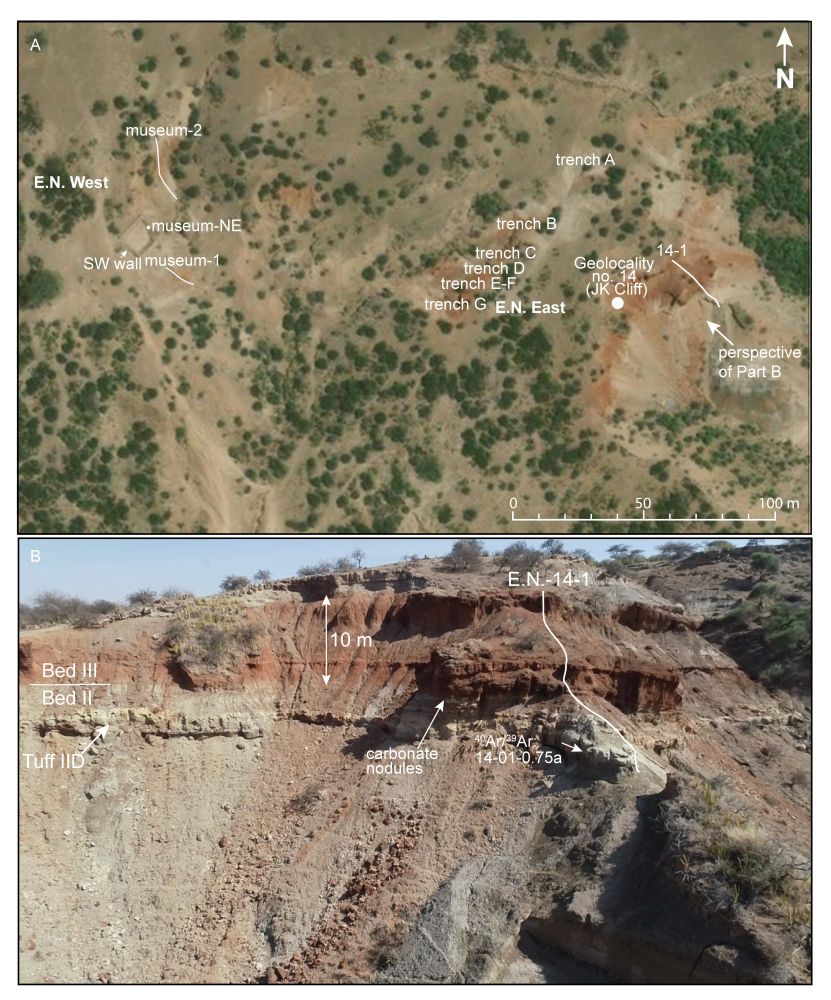Phd student @ICArEHB and working in the National museum of Ethiopia. Interested in plant domestication in Ethiopia through plant genetics.
Ethiopia, Sudan, Zimbabwe and South Africa collaboration
#EX NOVO Journal
archaeopresspublishing.com/ojs/index.php/…
Ethiopia, Sudan, Zimbabwe and South Africa collaboration
#EX NOVO Journal
archaeopresspublishing.com/ojs/index.php/…

journal.caa-international.org/articles/10....
@icarehb.bsky.social @leizarchaeology.bsky.social @paleomonrepos.bsky.social

journal.caa-international.org/articles/10....
@icarehb.bsky.social @leizarchaeology.bsky.social @paleomonrepos.bsky.social
royalsocietypublishing.org/eprint/AI2GM...

royalsocietypublishing.org/eprint/AI2GM...
link.springer.com/article/10.1...

link.springer.com/article/10.1...

on Homo erectus
www.nature.com/articles/s43...
#OldupaiGorge
BED III:
Using sedimentology, geochemistry, Ar/Ar dating, biome simulations, fire history, paleobotany, fauna, and lithics, we reveal how hominins navigated extreme environments in northern Tanzania 1 Ma

on Homo erectus
www.nature.com/articles/s43...
#OldupaiGorge
BED III:
Using sedimentology, geochemistry, Ar/Ar dating, biome simulations, fire history, paleobotany, fauna, and lithics, we reveal how hominins navigated extreme environments in northern Tanzania 1 Ma
www.nature.com/articles/s43...

www.nature.com/articles/s43...


